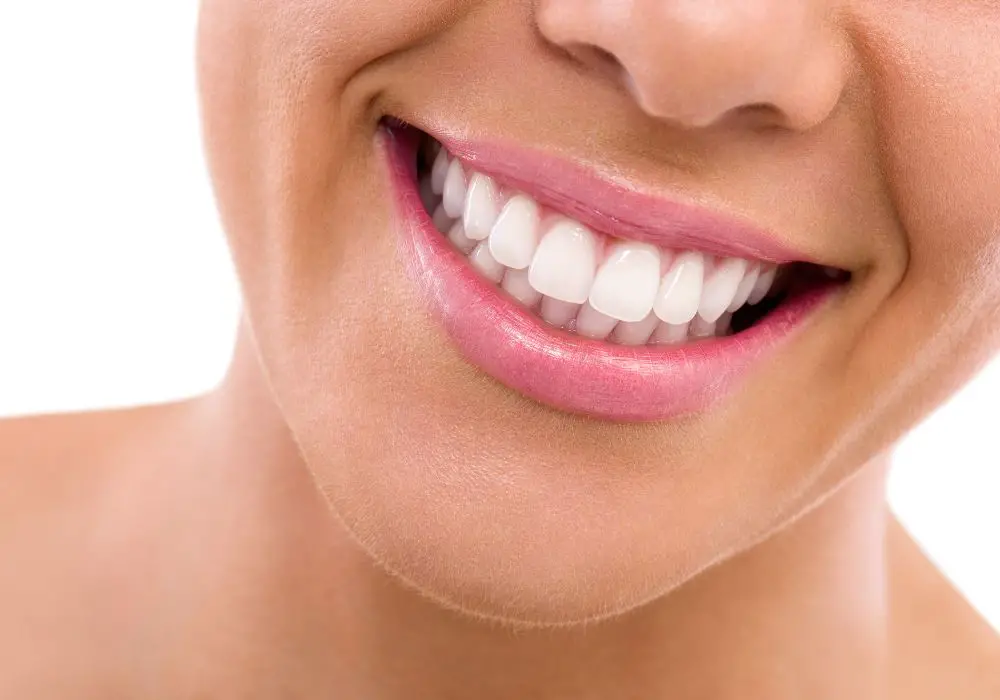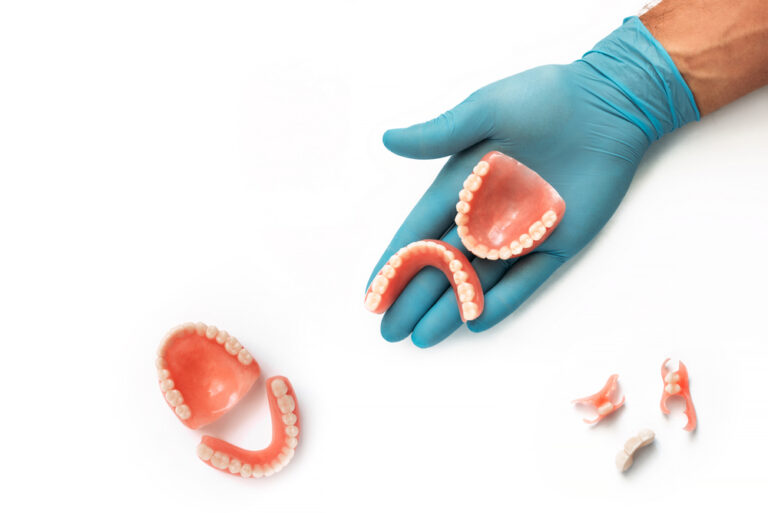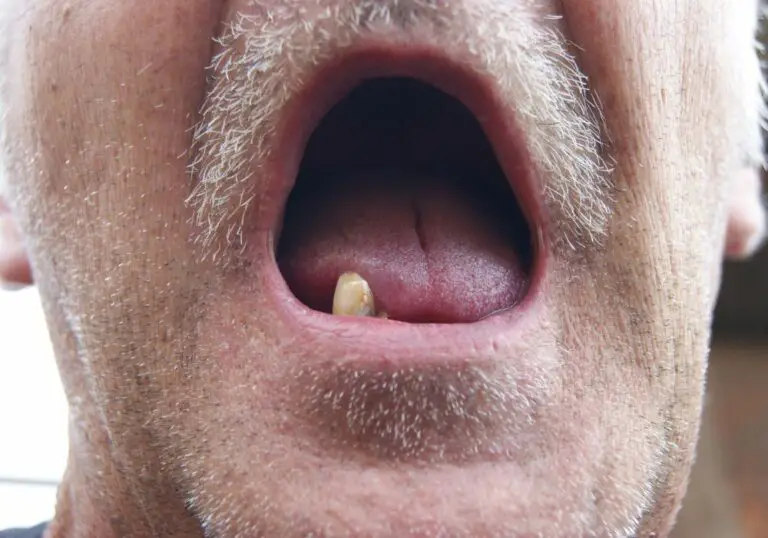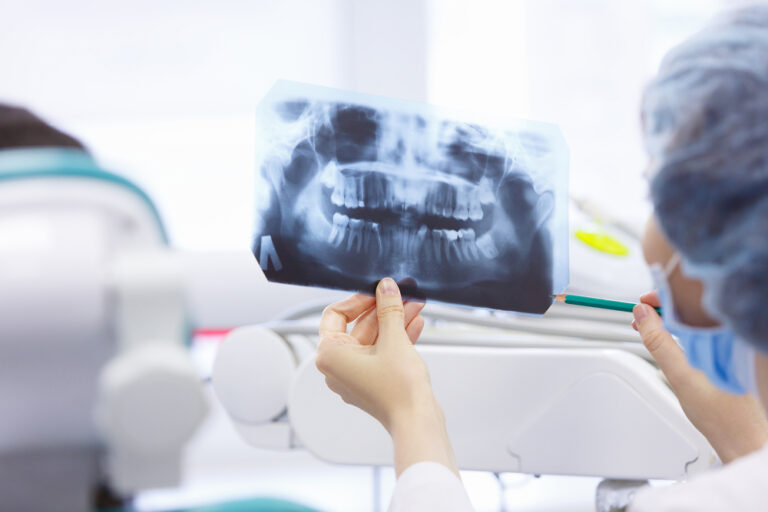Have you ever wondered about the different types of teeth in your mouth? As an adult, you should have a total of 32 teeth, each with a specific function in the chewing and digestion process. Understanding the names and purposes of these teeth can help you take better care of your oral health.
The 32 teeth in your mouth are divided into four different types: incisors, canines, premolars, and molars. Incisors are the eight front teeth, four on the upper jaw and four on the lower jaw, used for biting and cutting food. Canines, also known as cuspids, are the pointed teeth next to the incisors, used for tearing and ripping food. Premolars, also called bicuspids, are located between the canines and molars and are used for grinding and crushing food. Finally, molars are the largest teeth in the mouth and are located at the back of the mouth, used for grinding and chewing food.
Knowing the names and functions of all 32 teeth can help you understand the importance of proper oral hygiene and regular dental checkups. By taking care of your teeth and gums, you can maintain good oral health and prevent dental problems in the future.
Types of Teeth
Your mouth is composed of four different types of teeth: incisors, canines, premolars, and molars. Each type of tooth has a unique shape and function, allowing you to bite, tear, grind, and chew your food properly.
Incisors
Incisors are the front teeth located in the center of your mouth. You have eight incisors in total, four on the top and four on the bottom. These teeth are used for biting and cutting food into smaller pieces, making it easier to chew and swallow.
Canines
Canines are the sharp and pointed teeth located next to your incisors. You have four canines in total, two on the top and two on the bottom. These teeth are used for tearing and ripping food, especially meat.
Premolars
Premolars are the teeth located between your canines and molars. You have eight premolars in total, four on the top and four on the bottom. These teeth have a flat surface with cusps that are used for crushing and grinding food.
Molars
Molars are the largest teeth located at the back of your mouth. You have 12 molars in total, six on the top and six on the bottom. These teeth have a large flat surface and are used for grinding and chewing food.
In summary, your mouth is composed of four different types of teeth: incisors, canines, premolars, and molars. Each type of tooth plays a crucial role in the digestion process, allowing you to break down food into smaller pieces and extract the nutrients you need to stay healthy.
Functions of Teeth
Your teeth play a crucial role in your overall health and well-being. They are essential for proper digestion, speech, and aesthetic appearance. In this section, we will discuss the three main functions of teeth: chewing and grinding, speech, and aesthetic appearance.
Chewing and Grinding
The primary function of teeth is to break down food into smaller pieces, making it easier to swallow and digest. Different types of teeth are designed for specific tasks. For example, incisors are used for biting and cutting, while molars are used for grinding and crushing.
Here is a table that shows the types of teeth and their functions:
| Type of Tooth | Function |
|---|---|
| Incisors | Cutting and biting |
| Canines | Holding and tearing |
| Premolars | Grinding and crushing |
| Molars | Grinding and crushing |
Speech
Your teeth also play a crucial role in speech. The position of your teeth affects the way you pronounce certain sounds. For example, the sound “th” requires contact between the tongue and the upper front teeth.
Aesthetic Appearance
Finally, your teeth play an important role in your aesthetic appearance. A healthy, bright smile can boost your confidence and improve your overall well-being. Crooked or missing teeth can affect your self-esteem and make it difficult to eat and speak properly.
Proper oral hygiene, including regular brushing and flossing, can help keep your teeth healthy and functioning properly. Regular dental check-ups can also help detect any issues early on and prevent more severe problems from developing.
In summary, teeth serve multiple functions, including chewing and grinding, speech, and aesthetic appearance. Proper oral hygiene and regular dental check-ups are essential for maintaining healthy teeth and overall well-being.
Tooth Structure

Your teeth are composed of different layers that work together to support their function. Understanding the structure of your teeth can help you appreciate the importance of taking good care of them.
Enamel
The outermost layer of your teeth is called the enamel. It is a hard, protective layer that covers the crown of your tooth. Enamel is made up of tightly packed mineral crystals that make it the hardest substance in your body. It protects your teeth from decay and damage caused by acids and bacteria in your mouth.
Dentin
Beneath the enamel is a layer of dentin, which is softer than enamel but still hard and dense. Dentin makes up the bulk of your tooth and provides it with its shape and structure. It contains tiny tubules that allow sensations like hot and cold to travel to the nerves in your tooth.
Pulp
At the center of your tooth is the pulp, which is a soft tissue that contains blood vessels, nerves, and connective tissue. The pulp helps to nourish and support your tooth as it grows and develops. It also plays a crucial role in sensing pain and other sensations in your tooth.
Understanding the structure of your teeth can help you appreciate the importance of taking good care of them. By brushing and flossing regularly, avoiding sugary and acidic foods, and visiting your dentist regularly, you can help keep your teeth healthy and strong for a lifetime.
Tooth Development
Tooth development is a complex process that begins before birth and continues throughout childhood and adolescence. There are two sets of teeth that develop during this time: primary teeth and permanent teeth.
Primary Teeth
Primary teeth, also known as baby teeth or deciduous teeth, typically begin to erupt between six months and one year of age. These teeth are important for a child’s ability to chew, speak, and smile. There are 20 primary teeth in total, with 10 in the upper jaw and 10 in the lower jaw.
The development of primary teeth begins in the fetus at around six weeks of age. The basic substance of the tooth forms during this time, followed by the formation of hard tissue around three to four months of gestation. Primary teeth typically emerge in a specific order, with the lower central incisors being the first to erupt, followed by the upper central incisors, then the lateral incisors, first molars, canines, and second molars.
Permanent Teeth
Permanent teeth begin to develop in the jawbone during childhood and typically begin to erupt between six and 12 years of age. There are 32 permanent teeth in total, with 16 in the upper jaw and 16 in the lower jaw.
The development of permanent teeth begins when the primary teeth start to loosen and fall out. The process of permanent tooth development begins with the formation of the tooth buds, which eventually grow into the adult teeth. The permanent teeth emerge in a specific order, with the first molars being the first to erupt, followed by the central incisors, lateral incisors, first premolars, canines, second premolars, second molars, and finally, the third molars or wisdom teeth.
In conclusion, tooth development is a complex process that involves the formation and eruption of primary and permanent teeth. Understanding this process can help you take better care of your teeth and maintain good oral health throughout your life.
Tooth Care

Taking care of your teeth is important for maintaining good oral health. Here are some tips for keeping your teeth healthy and strong:
Brushing
Brushing your teeth twice a day is essential for removing plaque and preventing cavities. Use a soft-bristled toothbrush and fluoride toothpaste. Brush in circular motions for at least two minutes, paying special attention to the gum line and hard-to-reach areas.
Flossing
Flossing is just as important as brushing for removing plaque and food particles from between your teeth. Use about 18 inches of floss and wrap it around your fingers, leaving a few inches to work with. Gently slide the floss between your teeth, curving it around each tooth in a C-shape. Be sure to floss behind your back teeth as well.
Regular Check-ups
Regular dental check-ups are important for catching any problems early and preventing them from getting worse. Visit your dentist at least twice a year for a cleaning and exam. Your dentist can also check for signs of gum disease, oral cancer, and other oral health issues.
Remember to also watch what you eat and drink. Limit sugary and acidic foods and drinks, and drink plenty of water to help rinse away food particles and bacteria. By taking care of your teeth, you can maintain a healthy smile for years to come.
Frequently Asked Questions
How many teeth do humans typically have?
Humans typically have 32 teeth, which include eight incisors, four canines, eight premolars, and 12 molars. These teeth are divided into upper and lower jaws, with 16 teeth in each jaw.
What are the different types of teeth?
The different types of teeth are incisors, canines, premolars, and molars. Incisors are used for biting and cutting food, canines are used for tearing and gripping food, premolars are used for crushing and grinding food, and molars are used for chewing and grinding food.
Do dogs have the same number of teeth as humans?
No, dogs do not have the same number of teeth as humans. Adult dogs typically have 42 teeth, which include 12 incisors, four canines, 16 premolars, and 10 molars.
Is it normal to have less than 32 teeth?
No, it is not normal to have less than 32 teeth. However, some people may have fewer teeth due to genetic factors, tooth decay, or injury.
Can wisdom teeth cause problems?
Yes, wisdom teeth can cause problems such as crowding, infection, and pain. In some cases, wisdom teeth may need to be removed to prevent these problems from occurring.
What are some common dental problems?
Some common dental problems include tooth decay, gum disease, tooth sensitivity, and bad breath. These problems can be prevented by practicing good oral hygiene, such as brushing and flossing regularly, and visiting the dentist for regular checkups.






